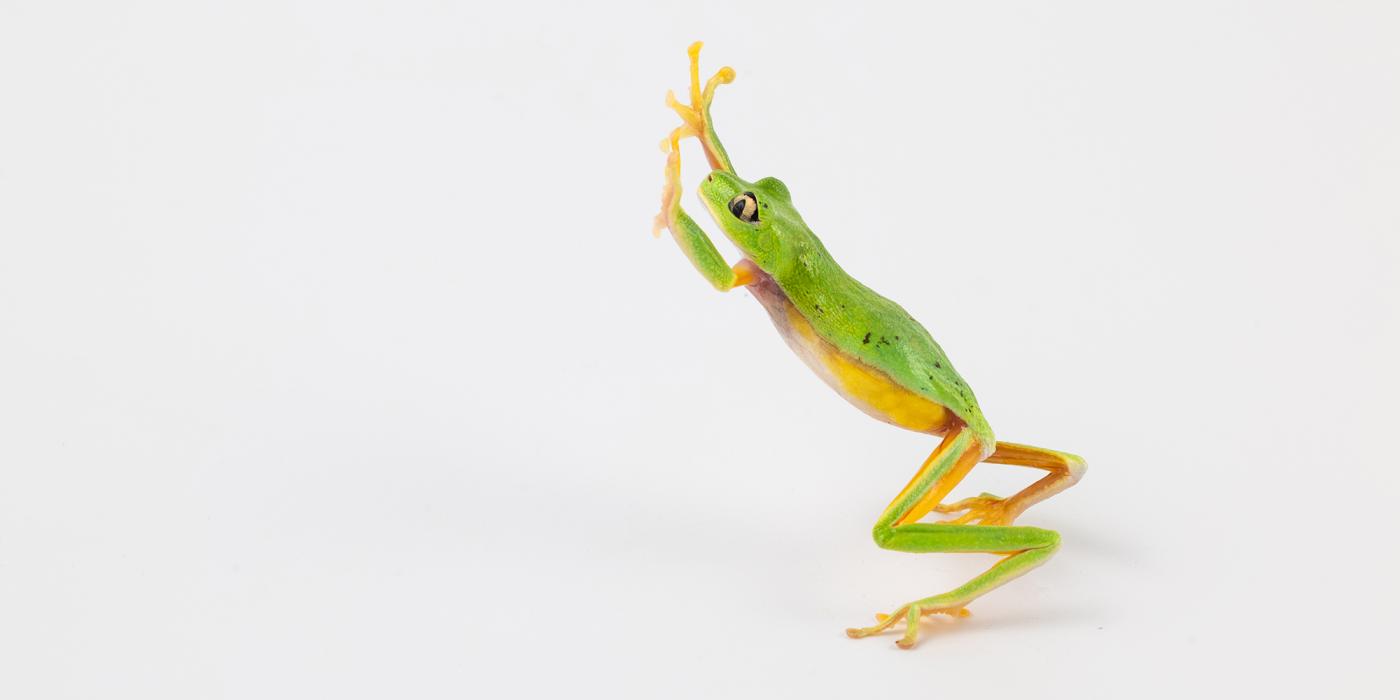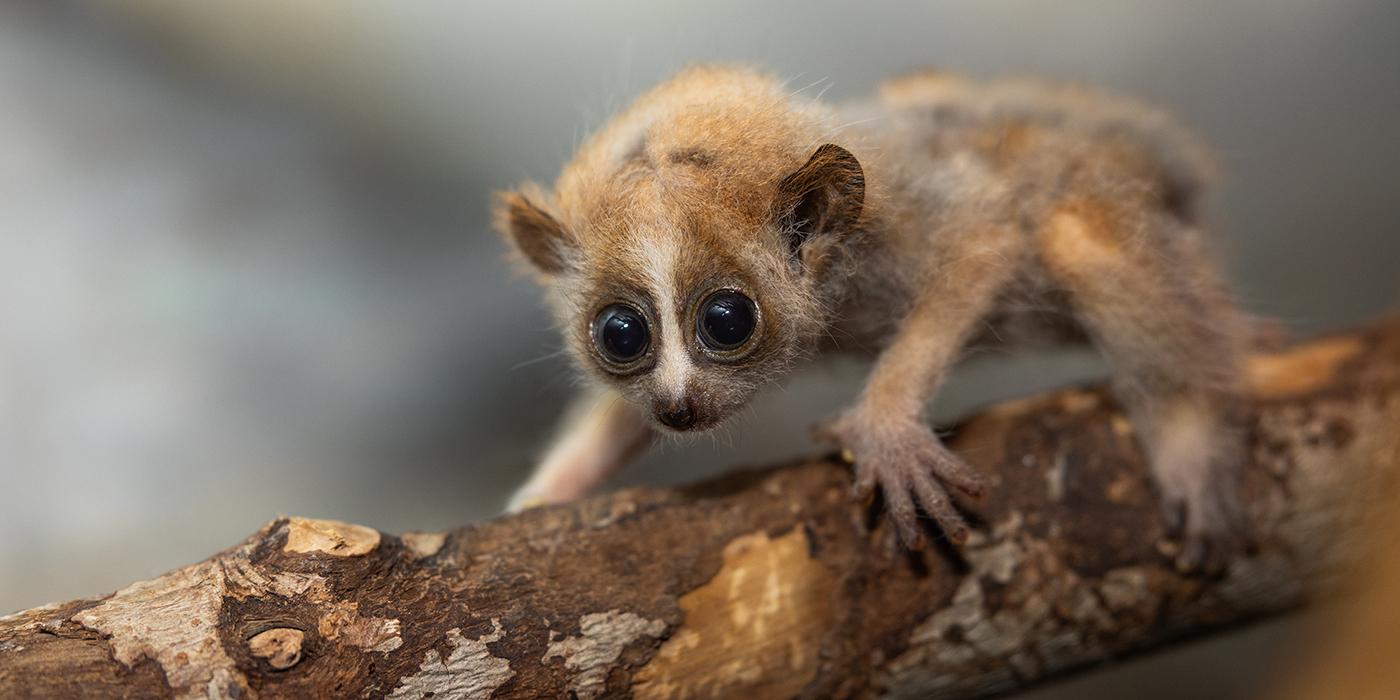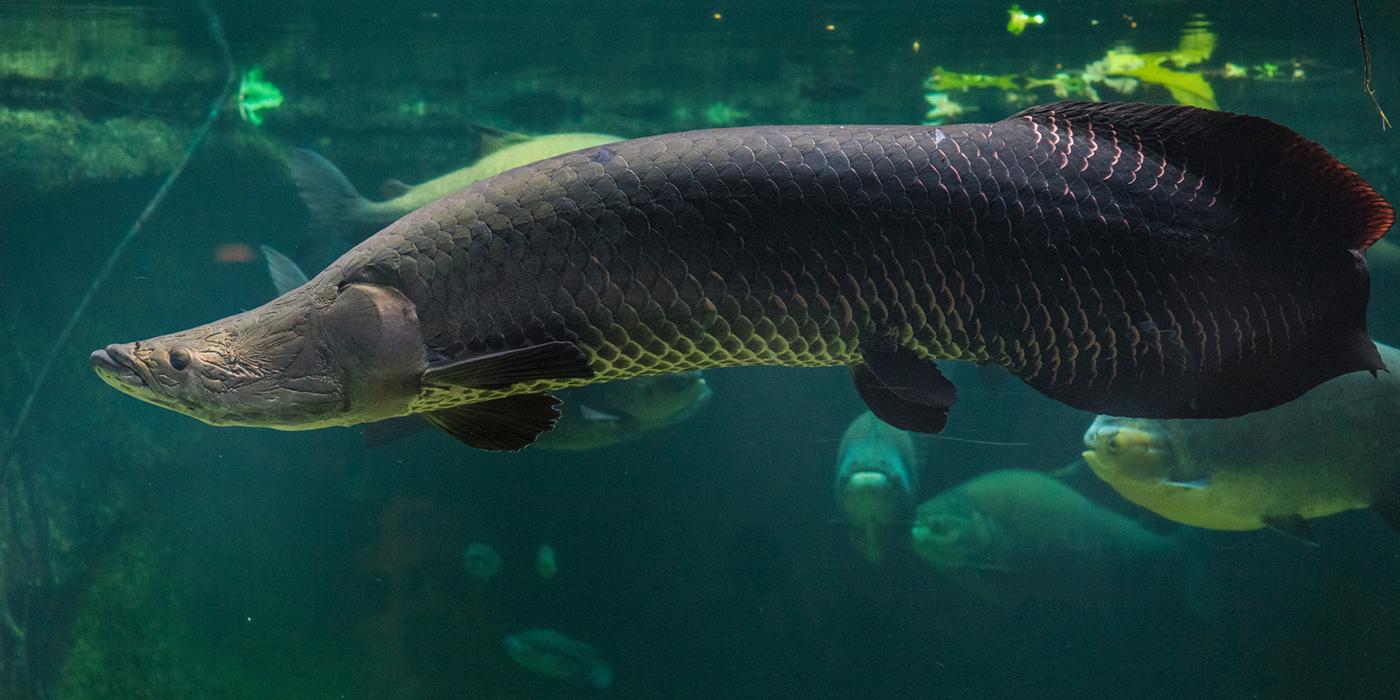Happy Amphibian Awareness Week!

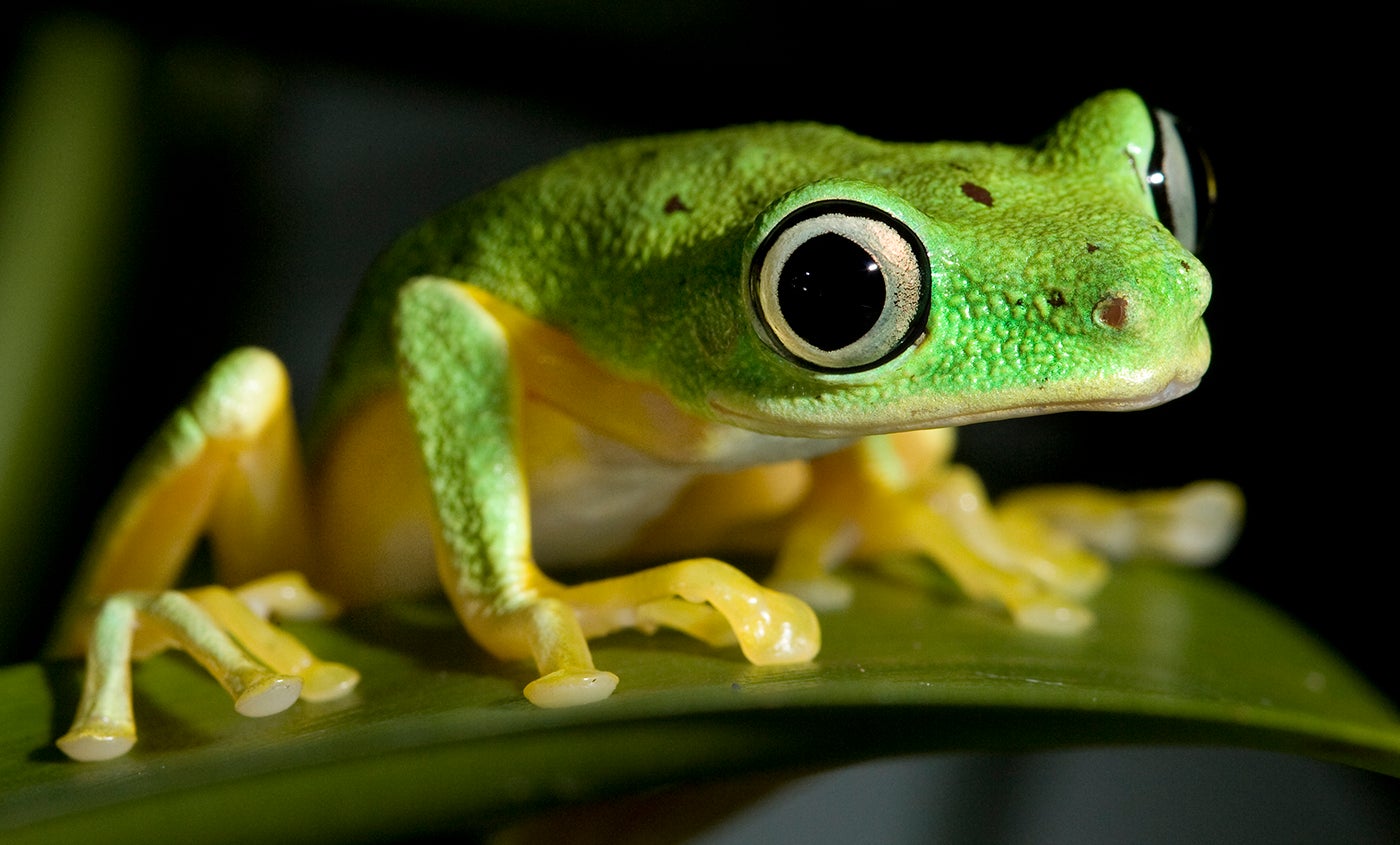
Can you tell a fantastic frog from a terrific toad? (Hint: there are 4 key differences between them.) Test your amphibian knowledge with the Panama Amphibian Rescue and Conservation Project! Hop over to Amphibian Rescue to learn more!
Panamanian golden frogs get their toxins from glands in their skin and the insects they eat in the wild. The Reptile Discovery Center’s frogs are not fed those insects and, therefore, are safe for keepers and researchers to handle.
Japanese giant salamanders breathe through their skin, have impossibly small eyes and can grow up to 5 feet long! Get the scoop on these freshwater giants from Reptile Discovery Center keeper Kyle Miller. Read the Q+A here.
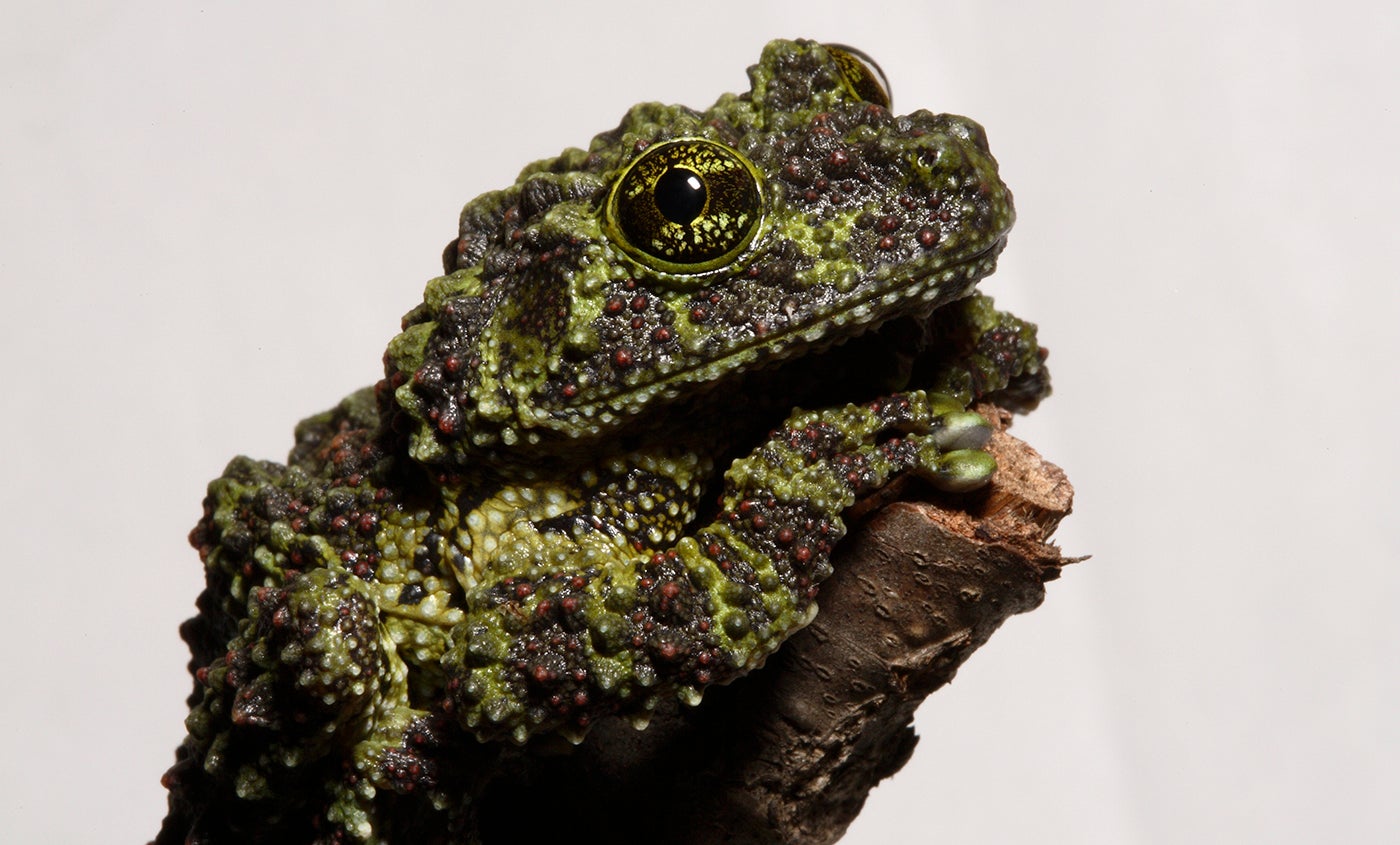
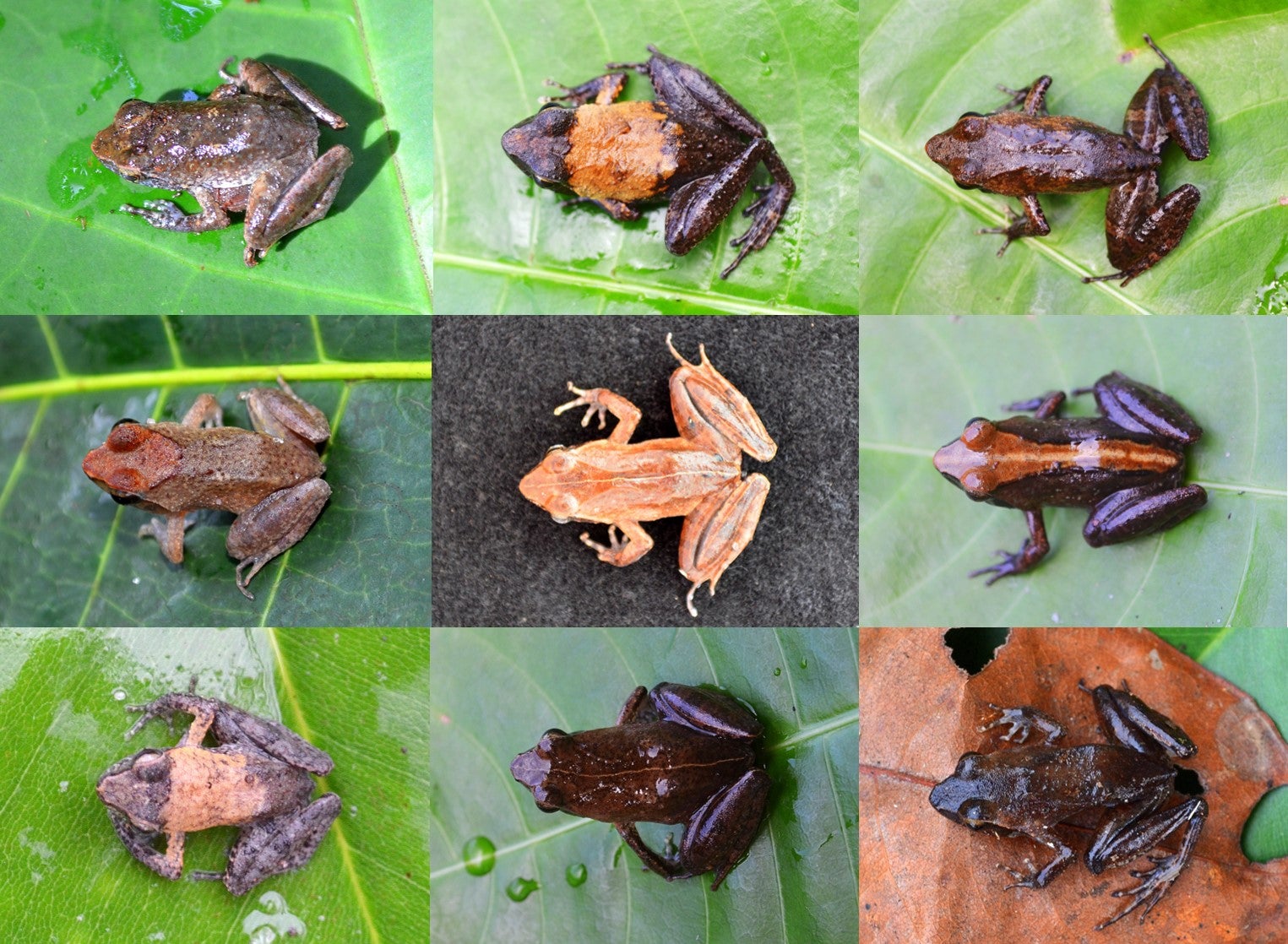
Take a close look at these frogs. Even though they differ in color, pattern and shape, they are all the exact same species! Using DNA barcoding, Smithsonian Conservation Biology Institute scientist Jessica Deichmann and partners at the Smithsonian’s National Museum of Natural History are working to identify these “masters of disguise.” Read the Q+A here.
Did you know that salamanders can *literally* give you a hand—then grow it back? Check out Reptile Discovery Center keeper Matt Neff’s top 6 salamander facts! Read the keeper update.
With a sleek, eel-like body and beady eyes, the aquatic caecilian is quite an unusual amphibian! Check out some of Amazonia keeper Denny Charlton’s favorite fun facts about these wiggly wonders. Check out the keeper Q+A!
Although eastern newts are aquatic as larvae and adults, juveniles (called red efts) live on land! Around 2 to 5 months of age, their lungs, legs and eyelids make them more suited to life on land. As they search for water, they make their homes in leaf litter along the way. Learn more about these cool critters.
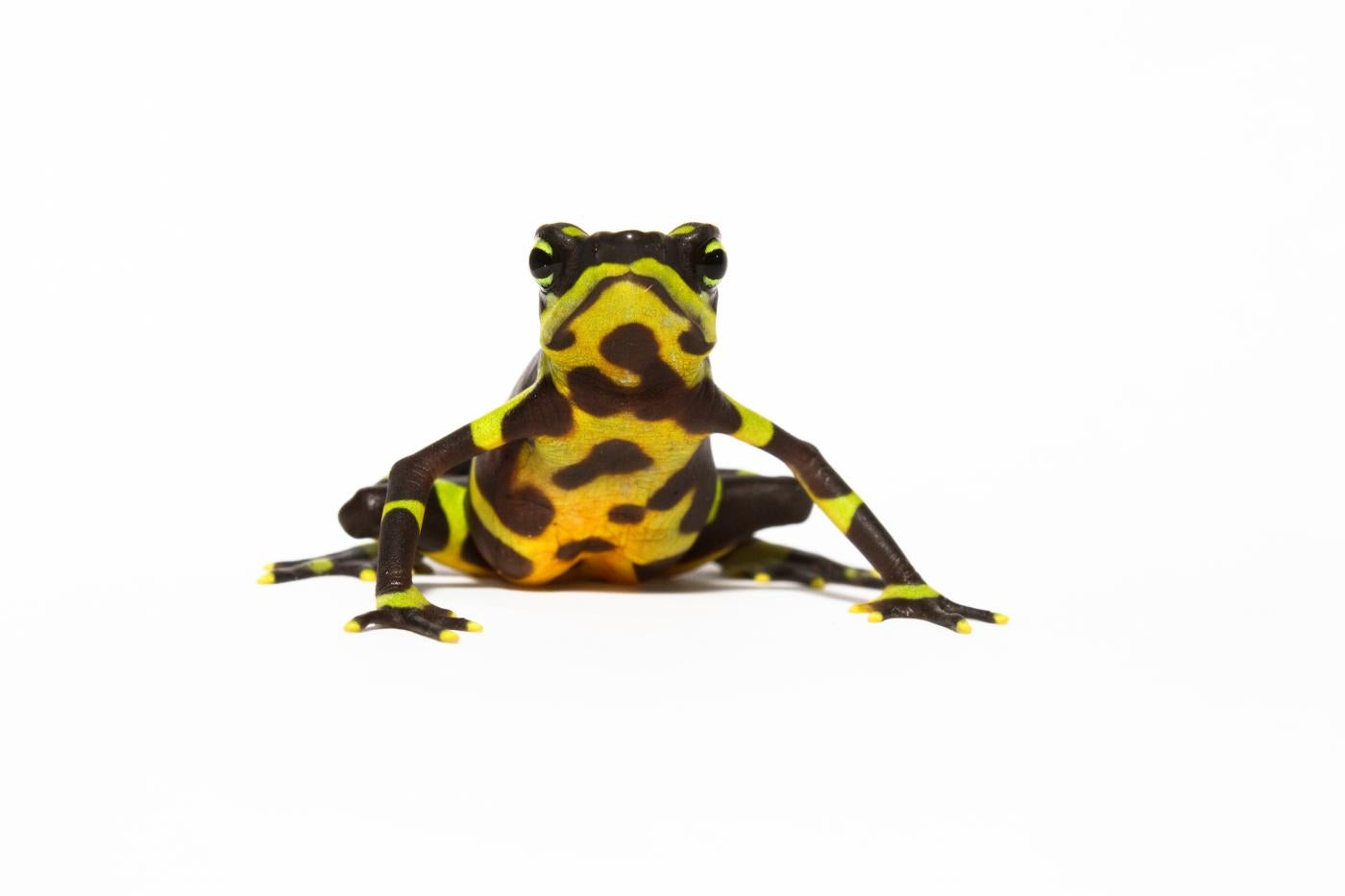
Stories about frogs don’t always end with “happily ever after.” But Smithsonian Conservation Biology Institute scientist Brian Gratwicke is working to rewrite frogs’ fate against a deadly foe: the amphibian chytrid fungus. Read the Q+A.
What’s in a name? The emperor newt’s moniker comes from the Mandarin words "shan" (mountain) and "jing" (spirit or demon). This highly toxic amphibian lives only in the mountains along a handful of rivers in western China. During the breeding season, they live in water fields, like rice paddies, ponds or humid grasslands. Learn more about them.
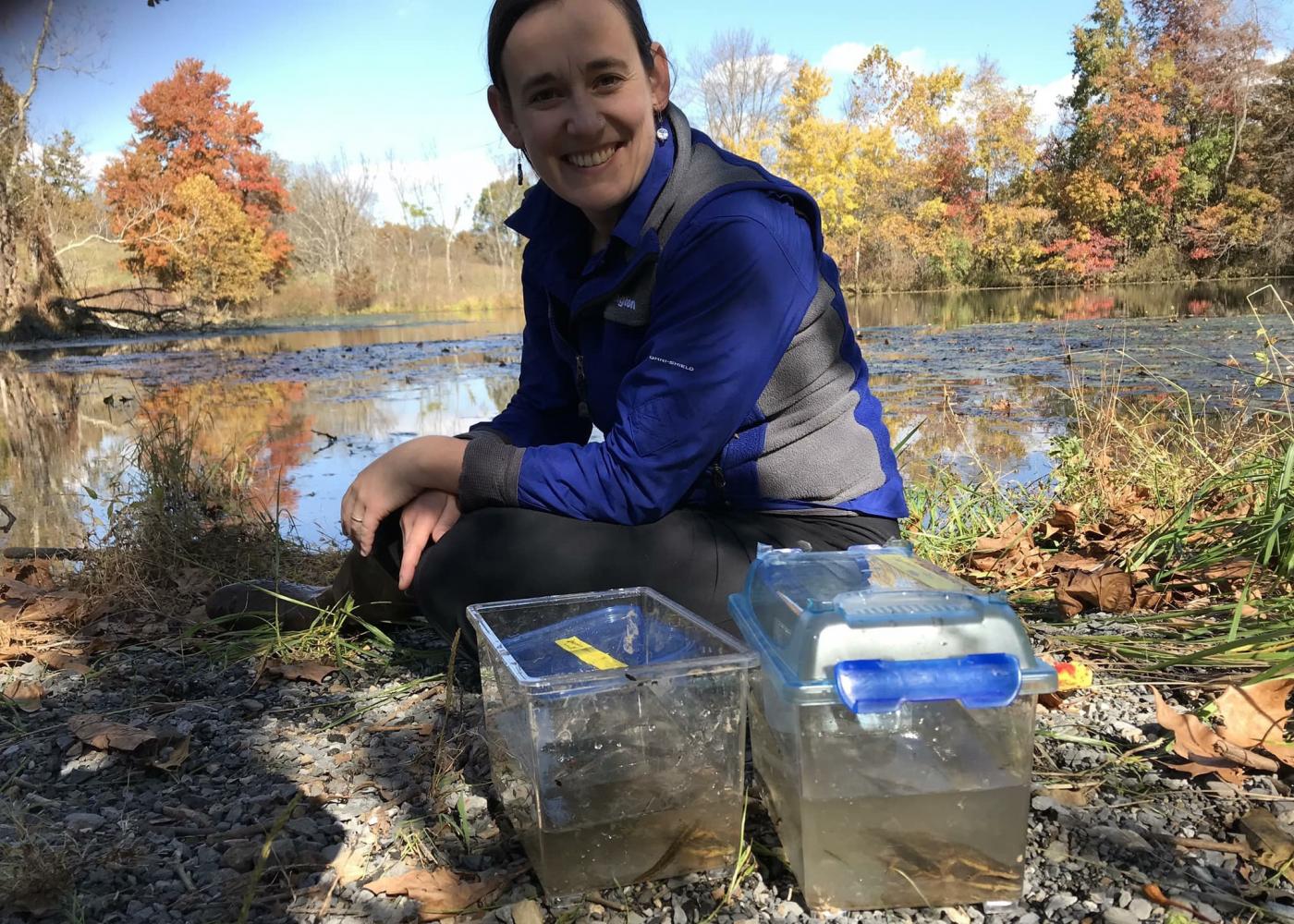
The secret to salamanders’ survival may be in their slimy secretions. Smithsonian Conservation Biology Institute scientist Carly Muletz Wolz is swabbing salamanders in Shenandoah, looking for disease-fighting microbes that live in the mucus on their skin. Get the scoop in our scientist Q+A.
The Appalachian ecosystem is home to more salamander species than any other region on the planet. Of the estimated 700 salamander species in the world, 54 call Virginia home. Take a (virtual) trip and salamander sleuth alongside our Reptile Discovery Center team!
How do frogs survive, thrive and breed in the wild? Armed with tiny radio transmitter “backpacks,” these Limosa harlequin frogs are helping Smithsonian Conservation Biology Institute scientists better understand amphibian lives in Panama’s rainforest. Partners at the Panama Amphibian Rescue and Conservation Project help us keep track of the frogs’ movements. Learn more about their research.
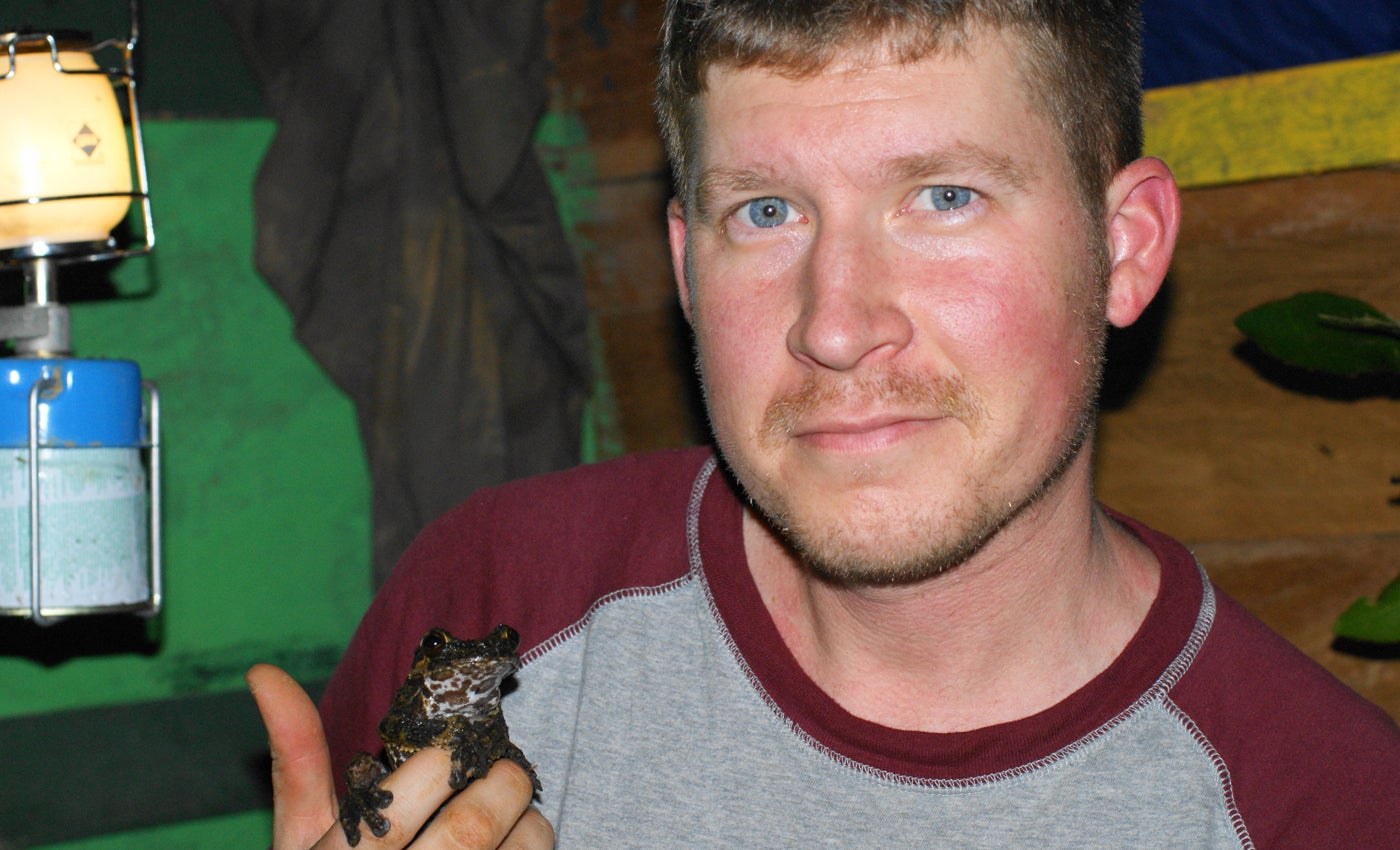

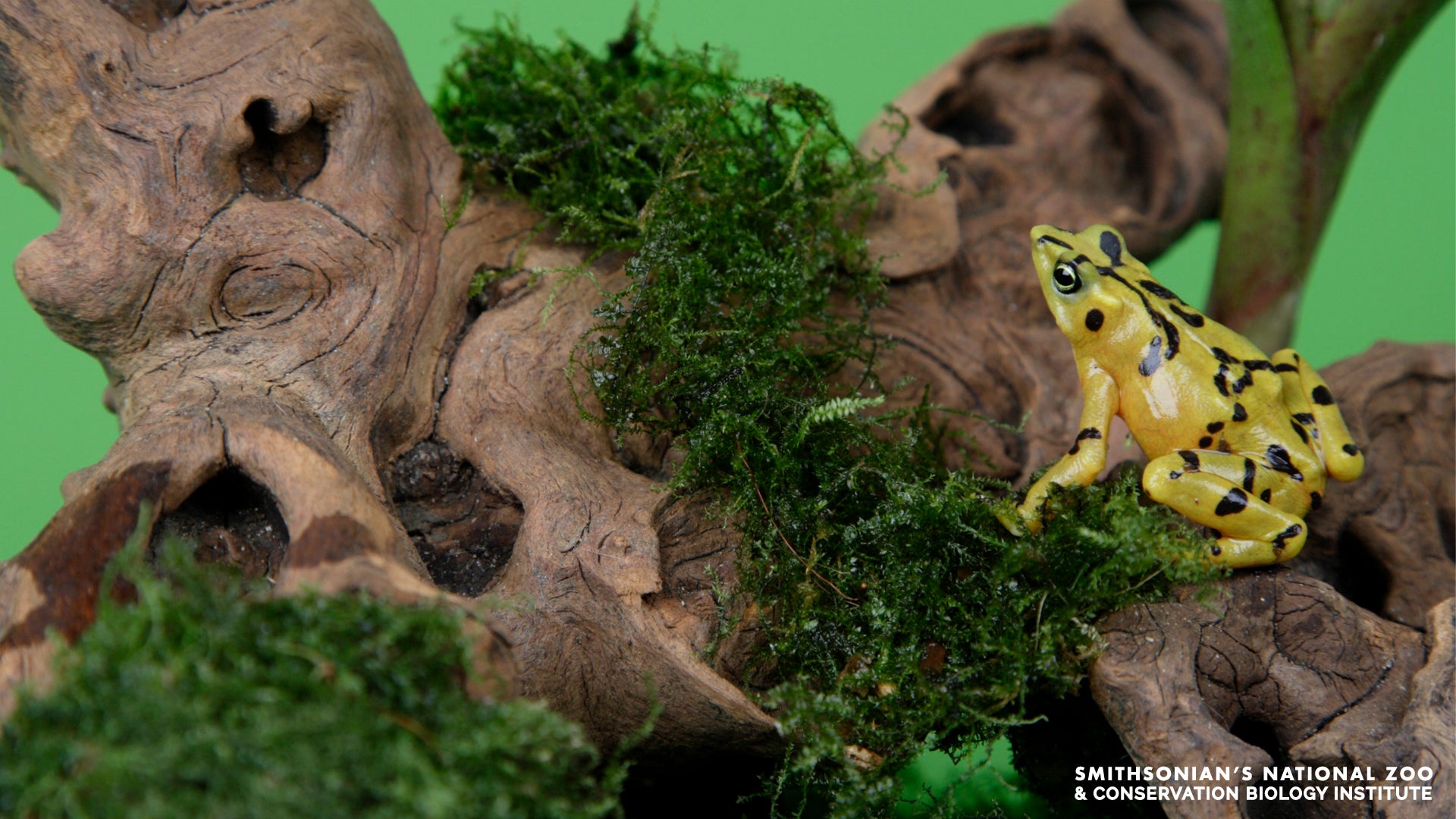
In the fight to save frogs from extinction, SCBI scientist Brian Gratwicke and assistant curator of herpetology Matt Evans are working to rewrite Panamanian golden frogs’ fate against a deadly foe: the amphibian chytrid fungus. Get the story from Smithsonian Magazine.

